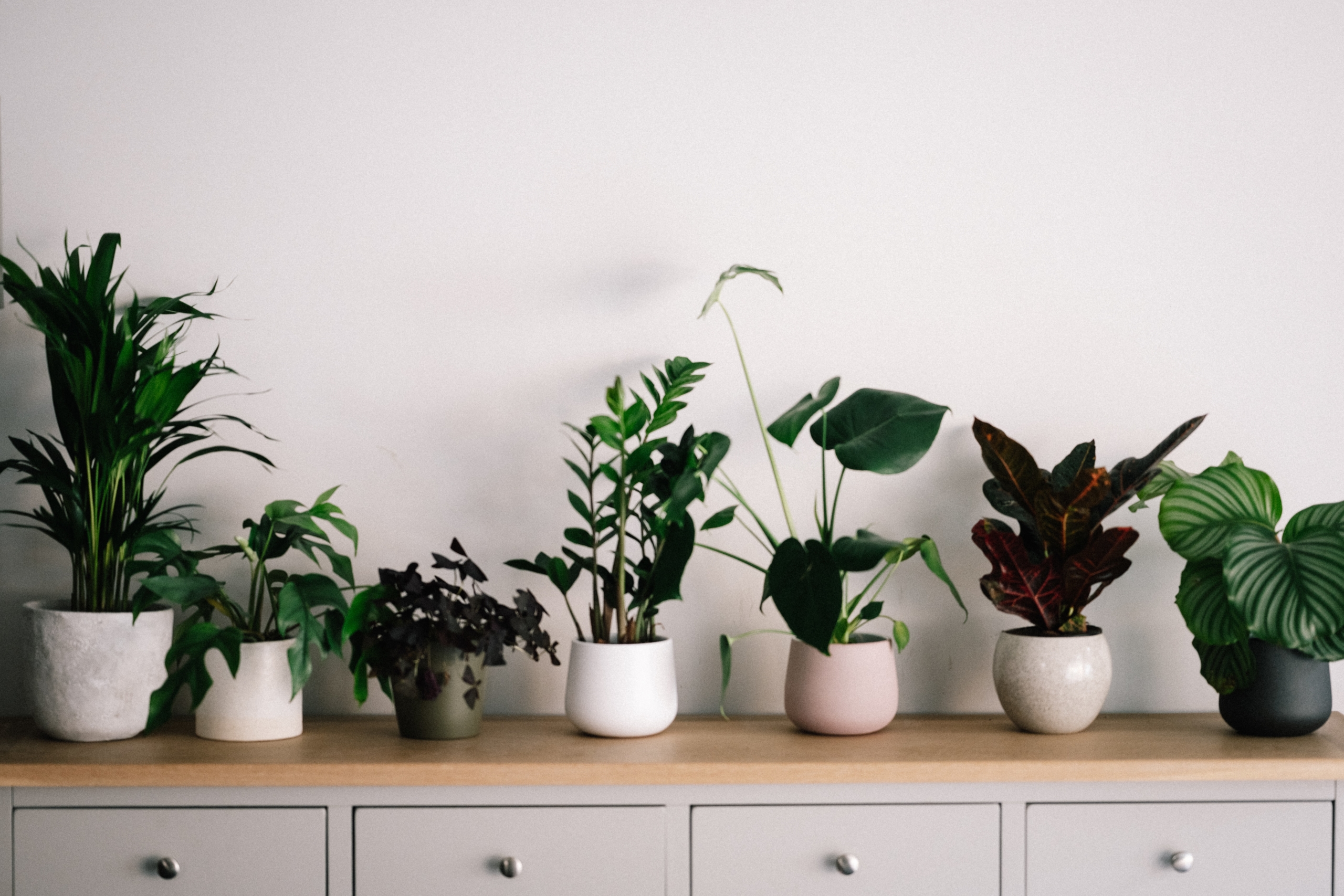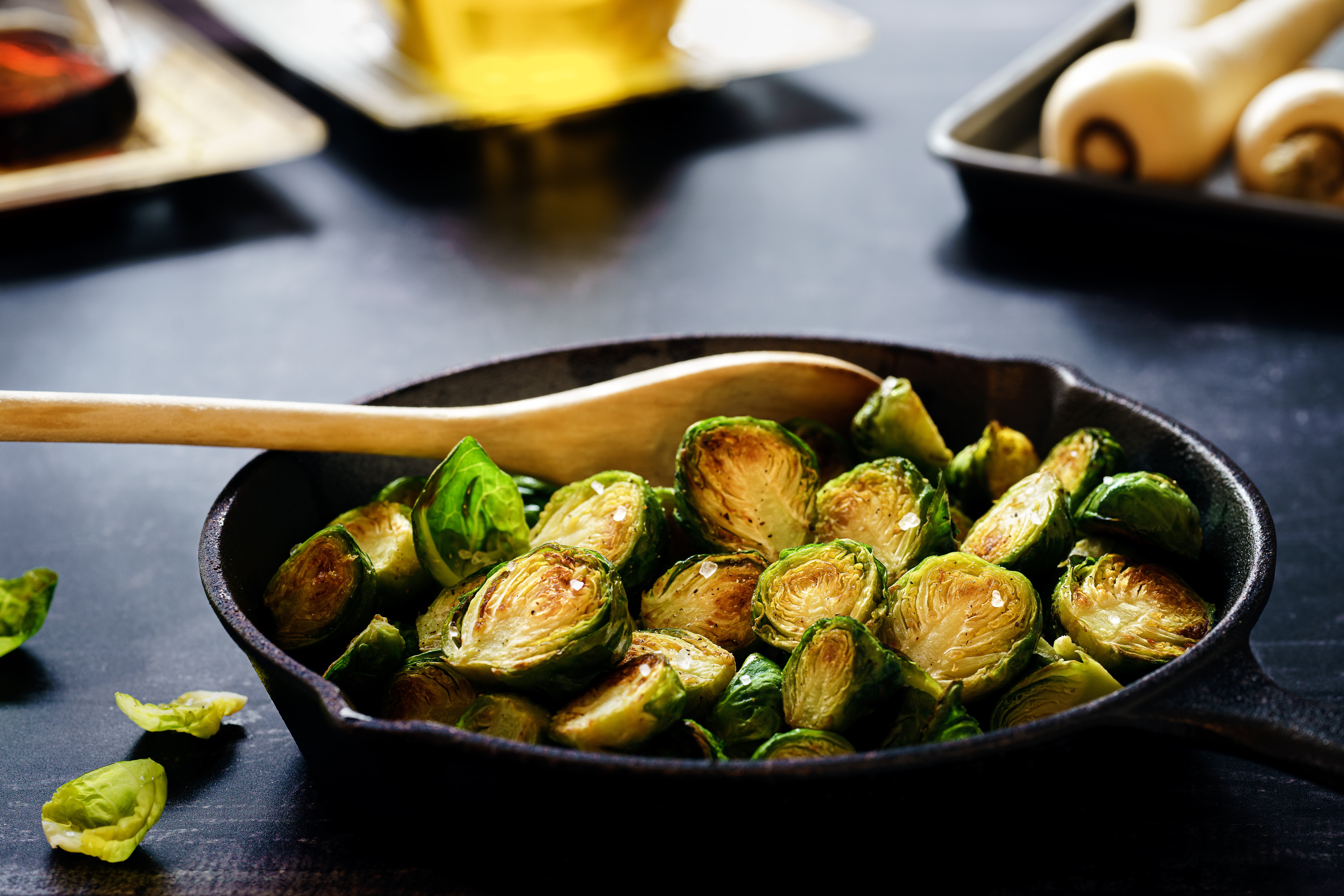How to Help Your Indoor Plants Survive (and Thrive!) This Winter
Indoor plants are a wonderful addition to any home – not only are they aesthetically pleasing, but they can actually purify the air and offer unexpected health benefits! While many indoor plants are low maintenance, it’s still important to consider the impact chillier weather can have on them. There are certain precautions you can take to ensure your plants thrive inside, even when it’s cold outside! Keep reading to learn our best tips for how to help plants survive winter indoors this year!
Keep Plants Warm
The most important step to seeing your indoor plants through winter is to keep them comfortable! Plants are sensitive to cold air, so be sure to keep them away from drafty doors or windows that could let in a chill. On the other hand, be mindful of plants getting too warm – blasts of hot air from radiators or heating vents can also cause harm. Typically, the ideal temperature is between 65-75 degrees F in daytime and above 50 degrees F at night.
Gently Clean Leaves
With sun being a little harder to come by in winter, you want to set up your plants for success by allowing them to soak up every ray they can. Cleaning your plants’ leaves helps them to better take advantage of photosynthesis! Pick one day per week to gently dust or wipe off the leaves of your indoor plants. Every few weeks, you can put them in the bathtub and give them a light spray to ensure they stay clean. This easy step is not only amazing at keeping plants healthy, but it also maintains their looks by keeping them glossy and beautiful!
Make Sure They Get Plenty of Natural Light
This is another crucial tip for how to help plants survive winter. Sunlight, as we mentioned, is extremely important to an indoor plant’s survival, particularly through winter. If your plant is in a spot that receives natural sunlight, try to rotate the pot every other week to encourage even growth. If you have a plant that isn’t in the sunniest spot, you can also supplement sunlight by using a full-spectrum light bulb screwed into a desk lamp. Your plant should ideally be getting between 12-14 hours of light per day, whether natural, supplemented or some combination of the two.
Reduce Watering Frequency
Did you know that most houseplants actually go dormant in fall and winter? Because there is less sunlight, that means less new growth, which means the plant isn’t working as hard and doesn’t need as much water. In fact, over-watering can lead to mold and root rot, which can quickly kill your plant.
A general rule of thumb is to stick your pointer finger into the soil – if it’s dry an inch or two below the surface, you are safe to water. Only water your plant about once per week, and reduce the amount of water you use by about 25%. Once you get used to this seasonal method, you will learn to read your plants and give them as much water as you feel they need at the moment.
Tip: Using warm water for your plants in winter helps keep them warm, which can encourage new growth!
Increase Humidity Levels
Humidity is an indoor plant’s best friend, and the low humidity brought on by chillier months has a large impact on their survival. Plants like to have humidity around 60%, so if you have a humidifier, now is the time to use it! Another great tip is to move your plants into the bathroom, which is typically the most humid room in a house, to help them get that extra moisture they crave.
Cumberland Crossing by OceanView
At Cumberland Crossing by OceanView, our active retirement community offers maintenance-free living for the 21st century. With two customizable, solar-powered cottage floor plans for you to choose from, your home will be built to fit your needs and style. Our inclusive monthly fee allows you to leave the stress of homeownership behind and simply enjoy your hard-earned retirement years.
To learn more about our community at Cumberland Crossing, please contact us today!



